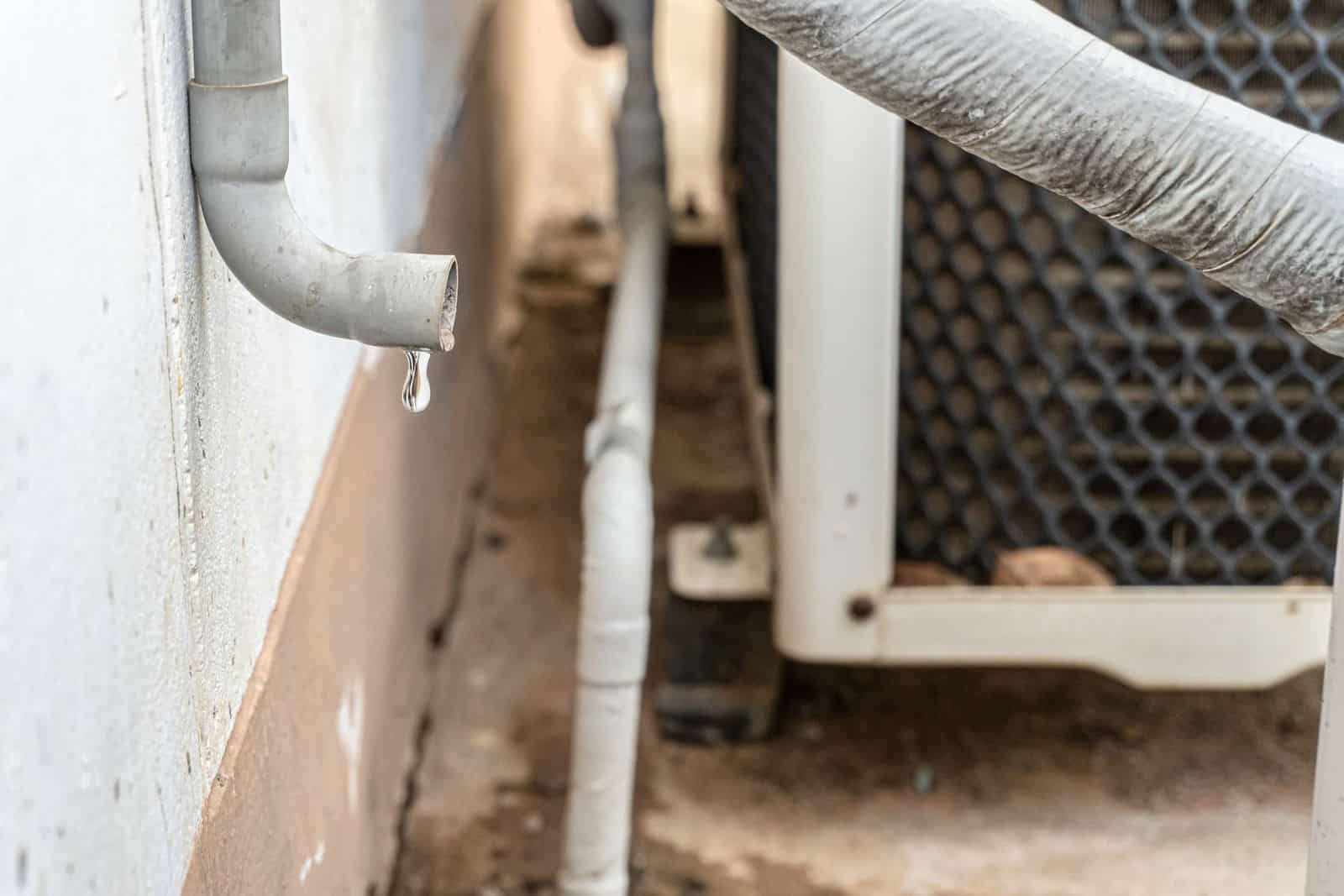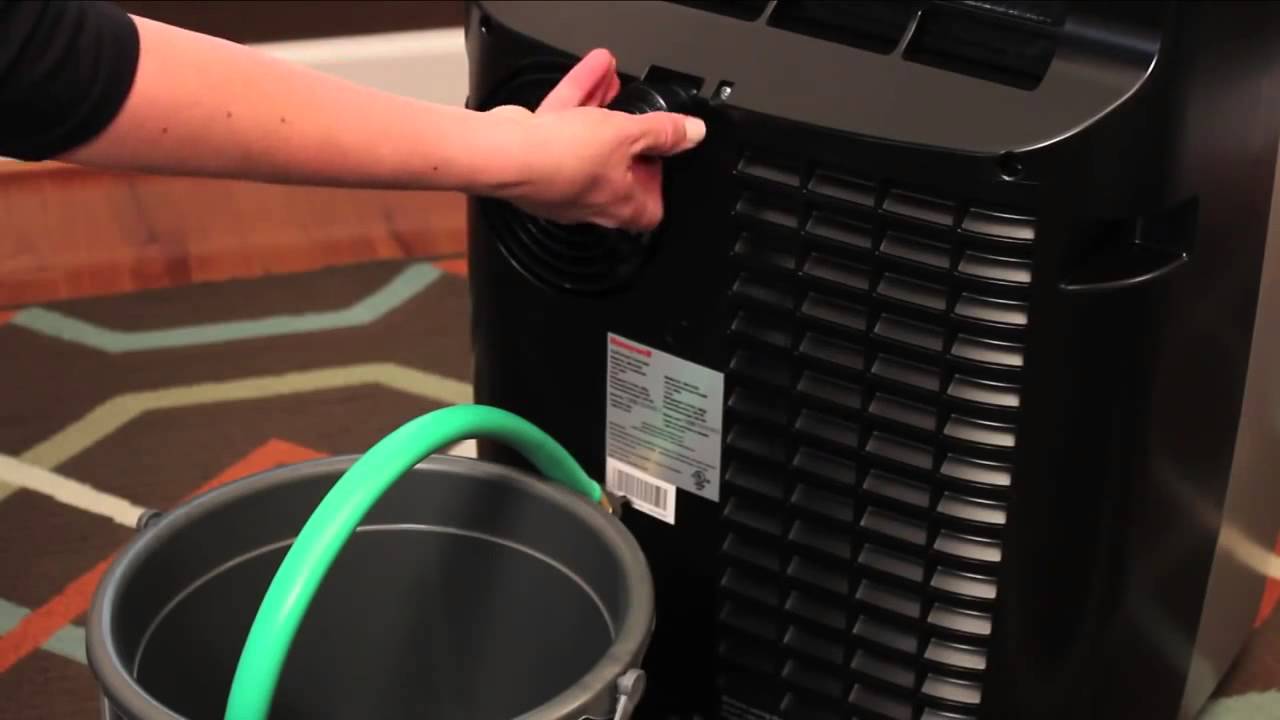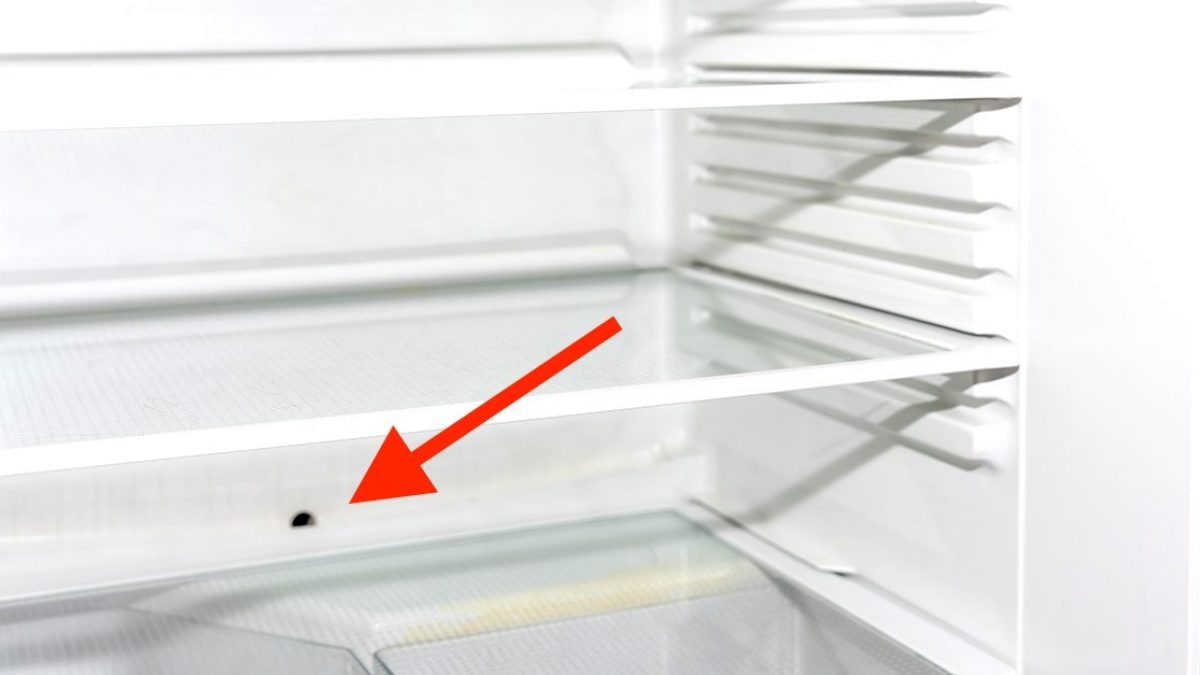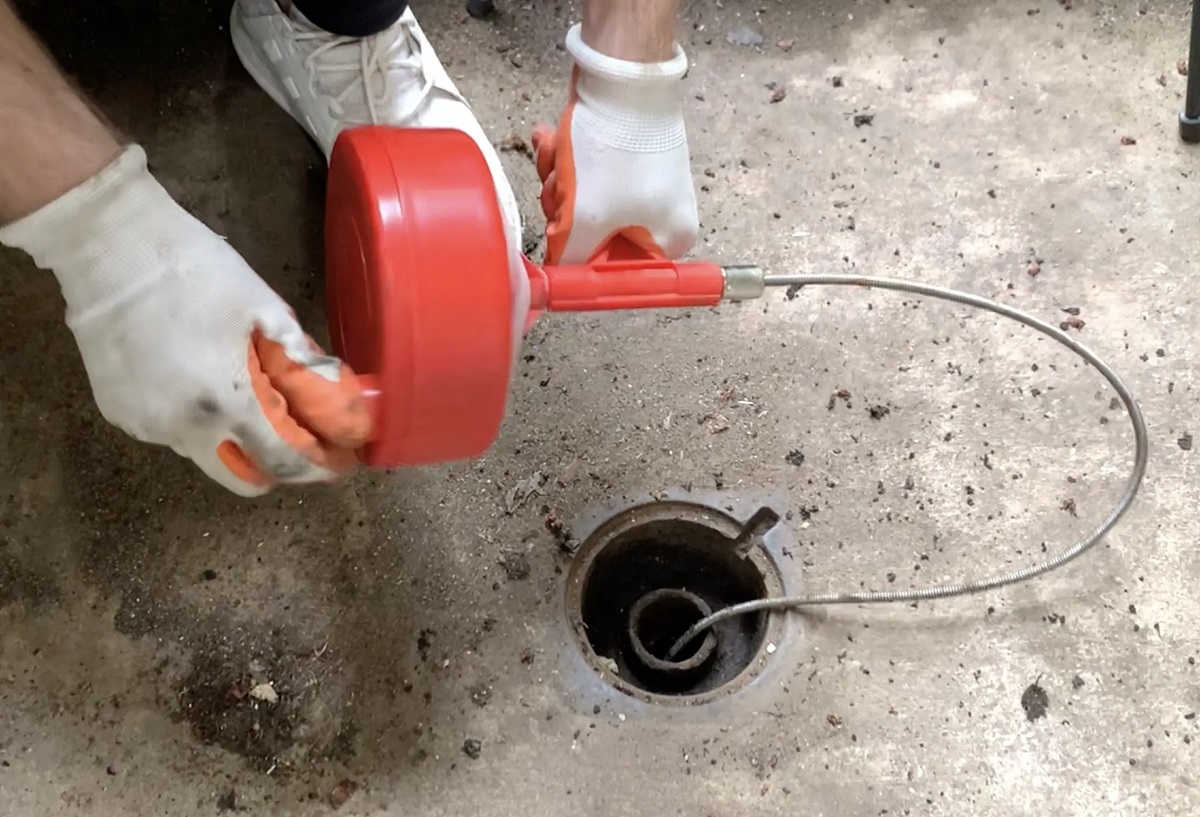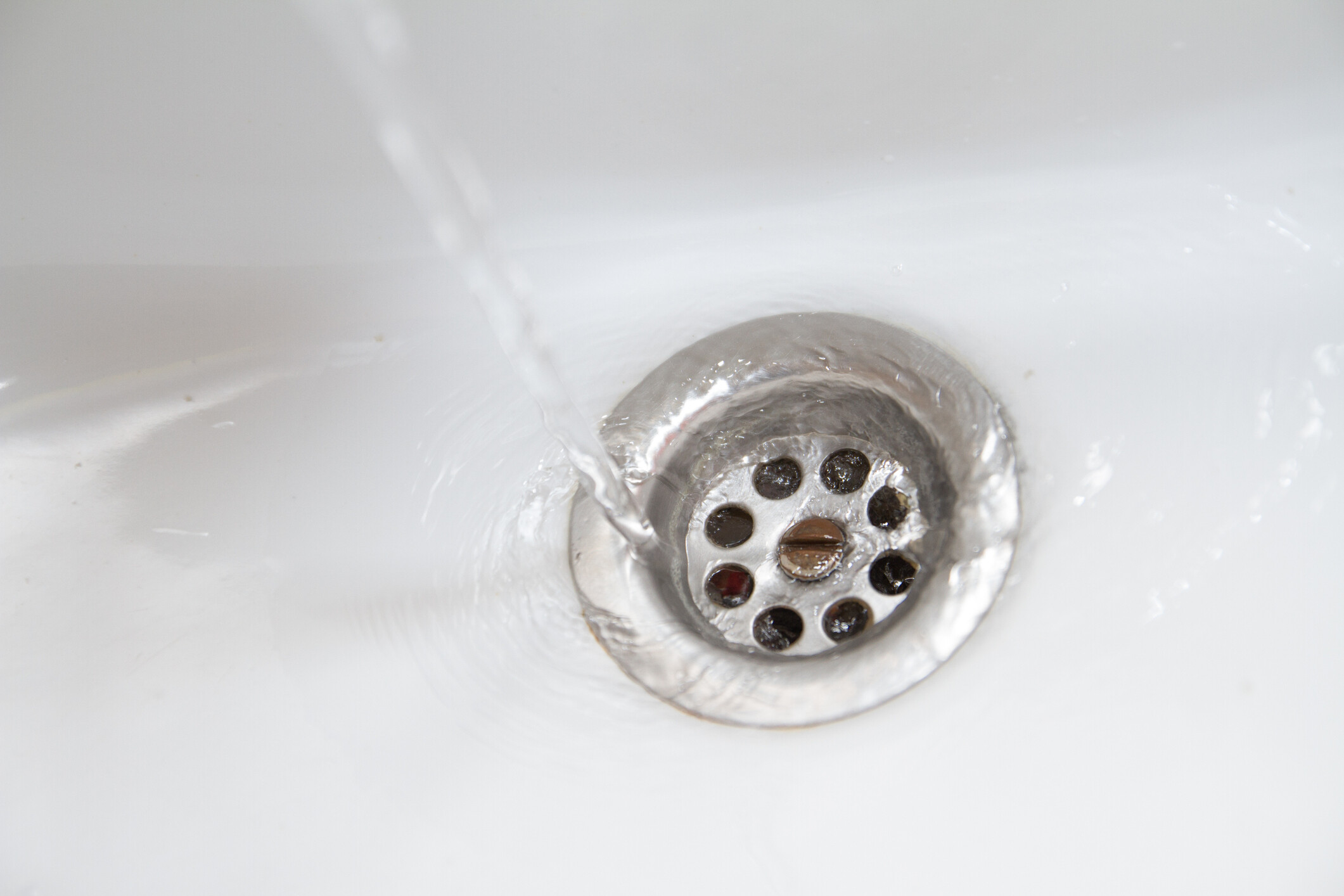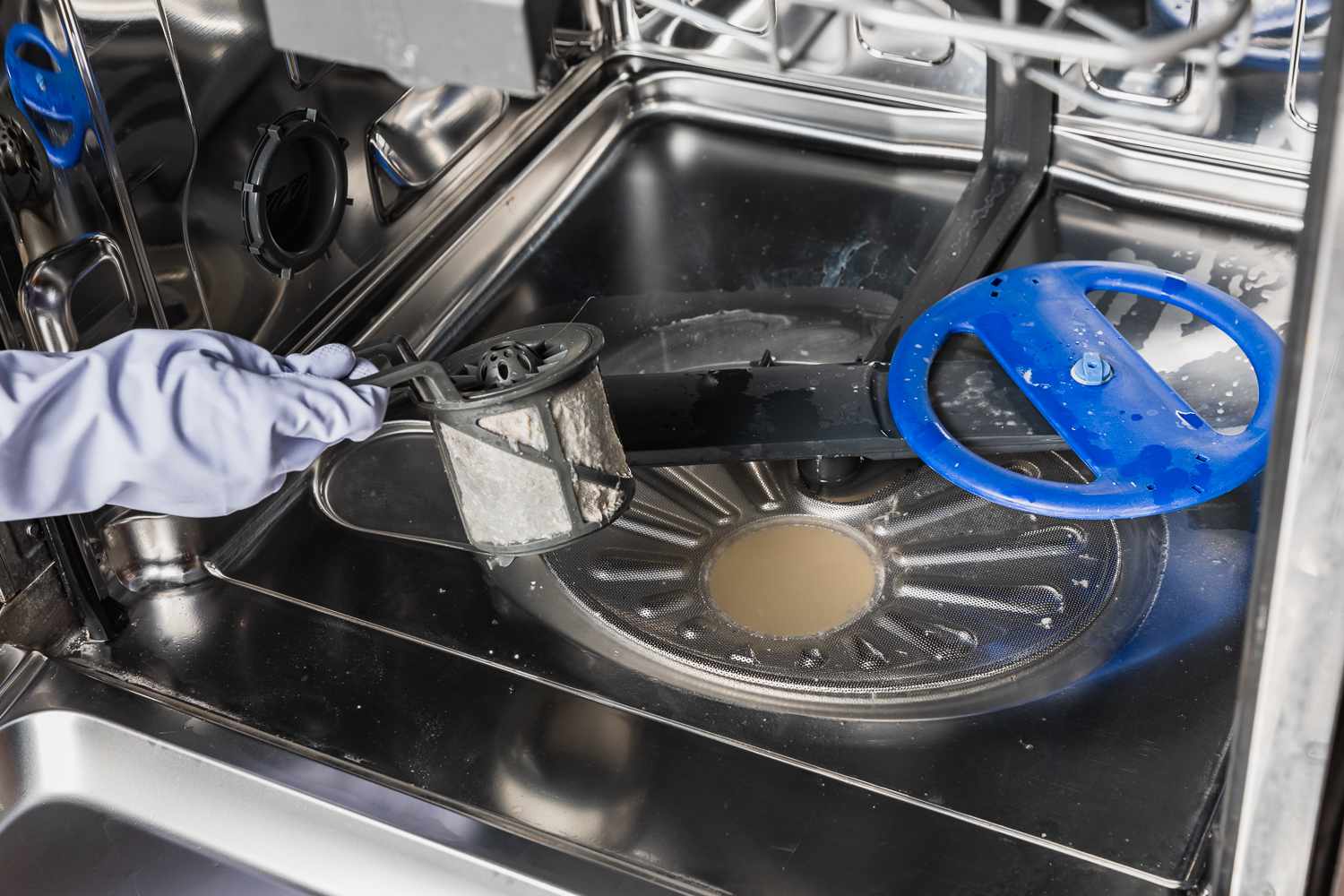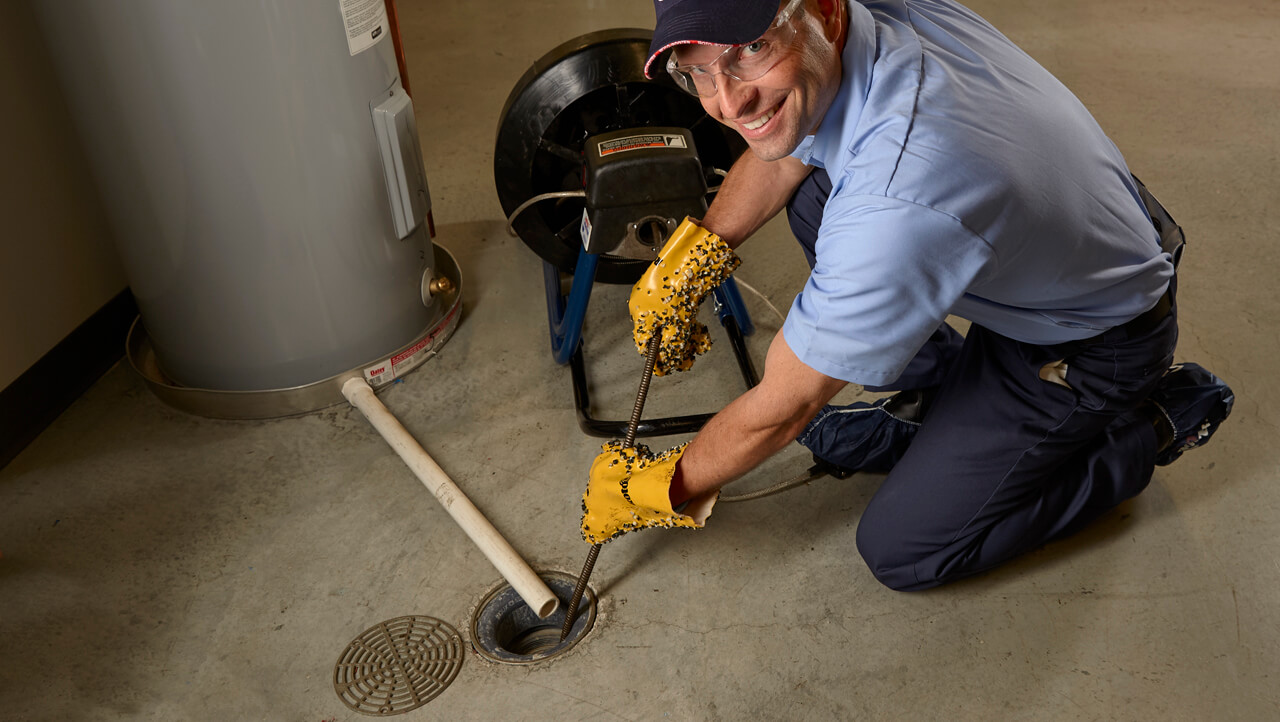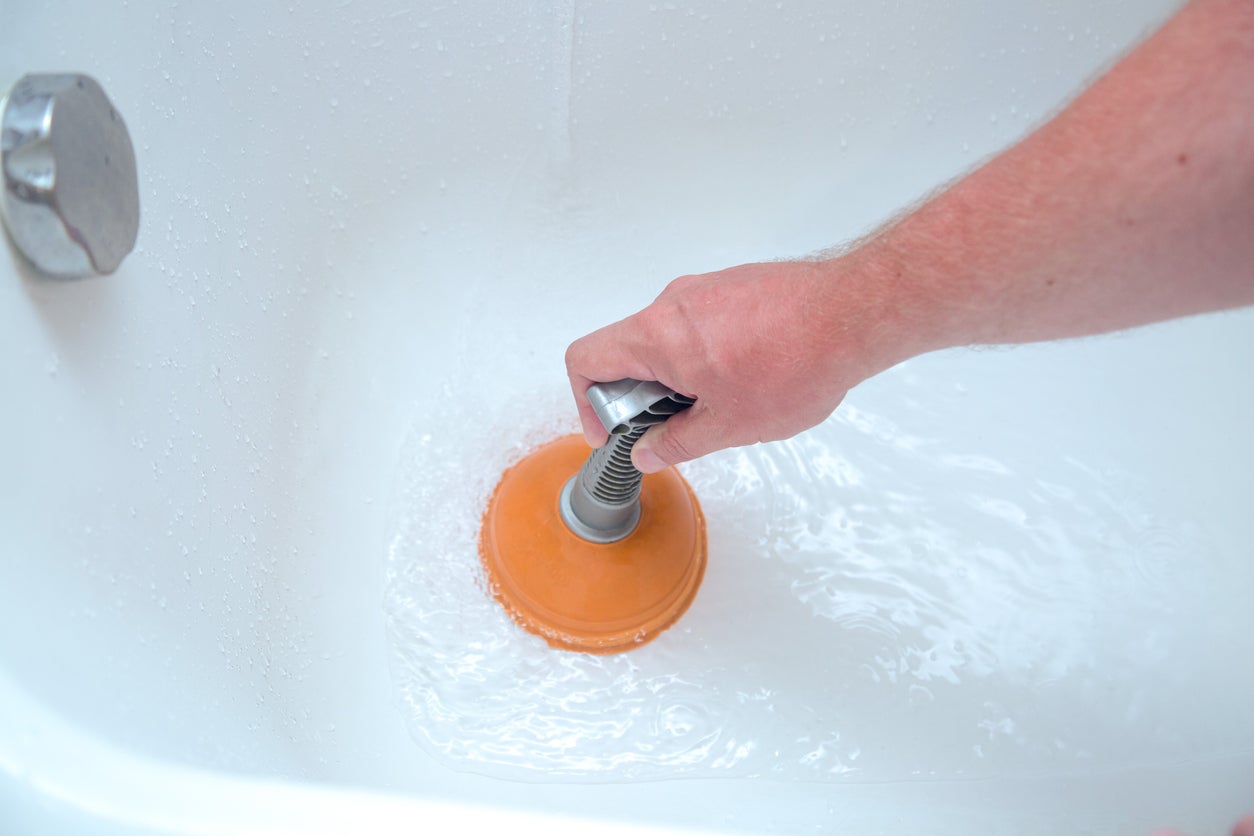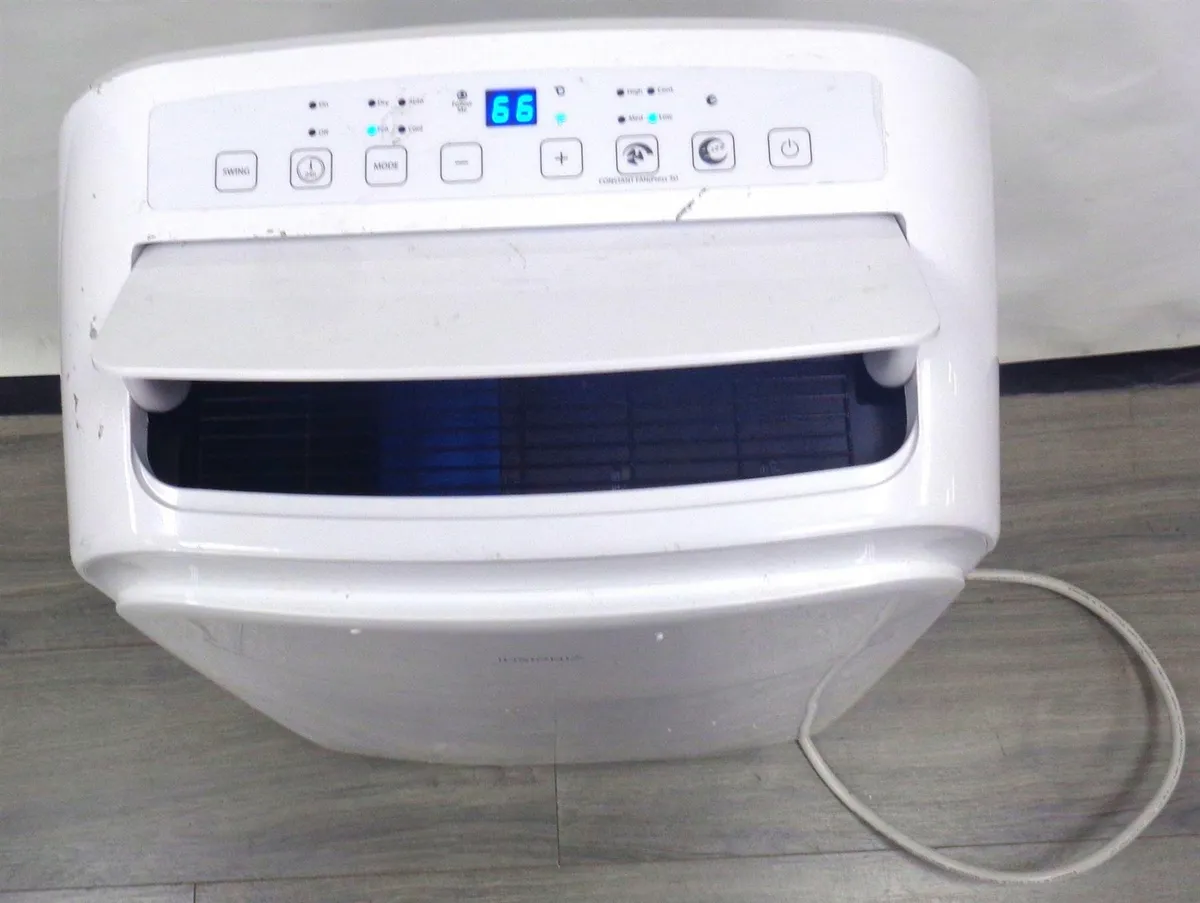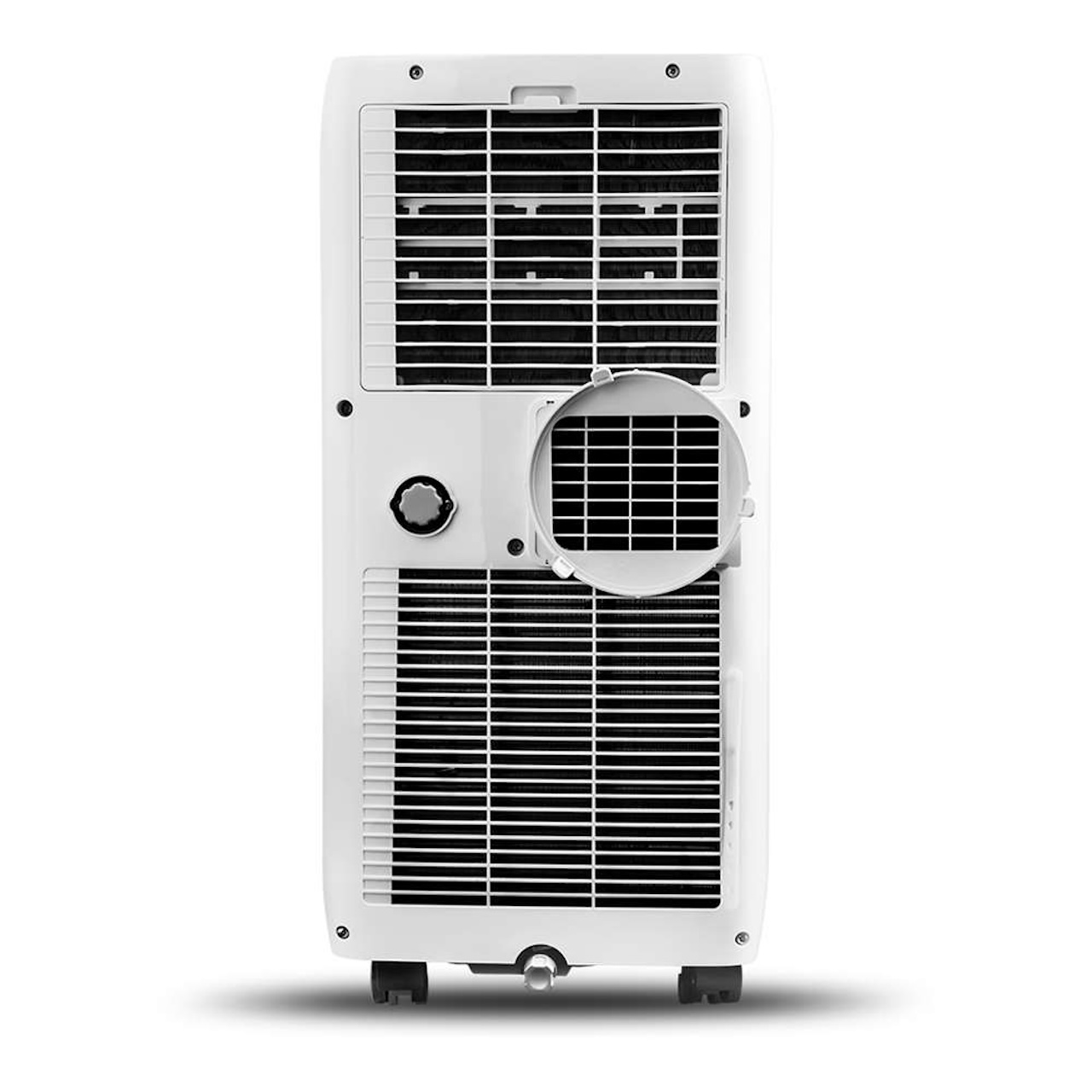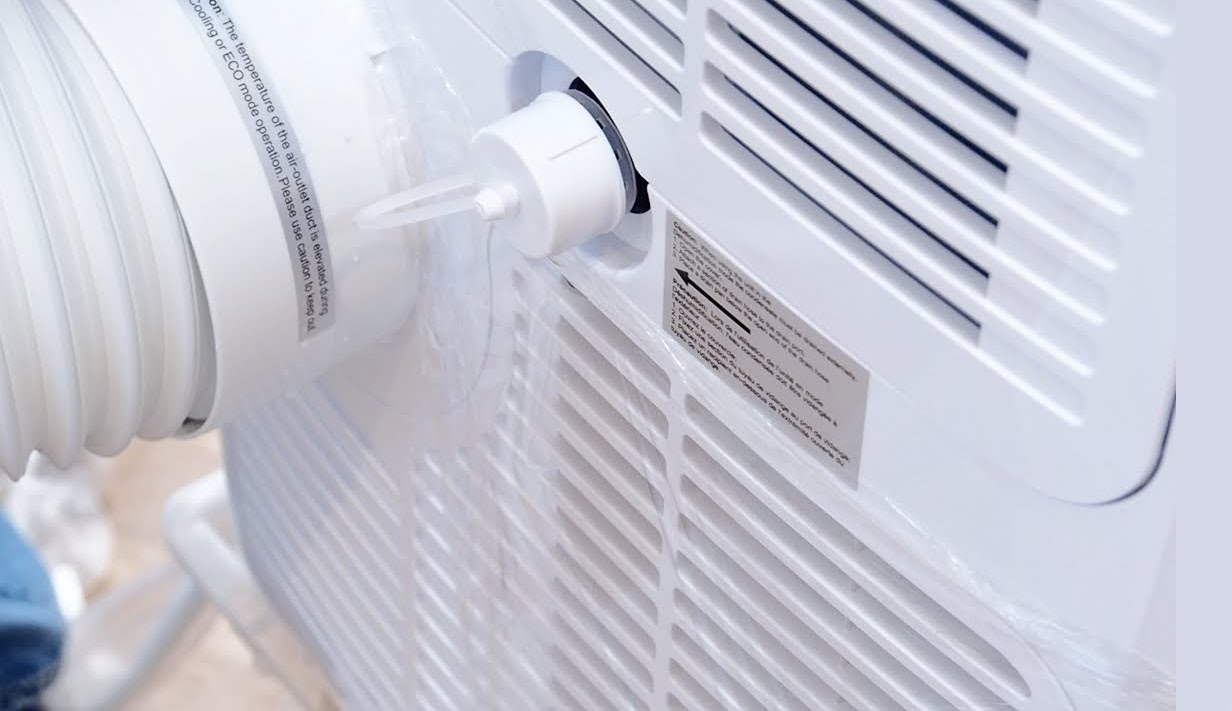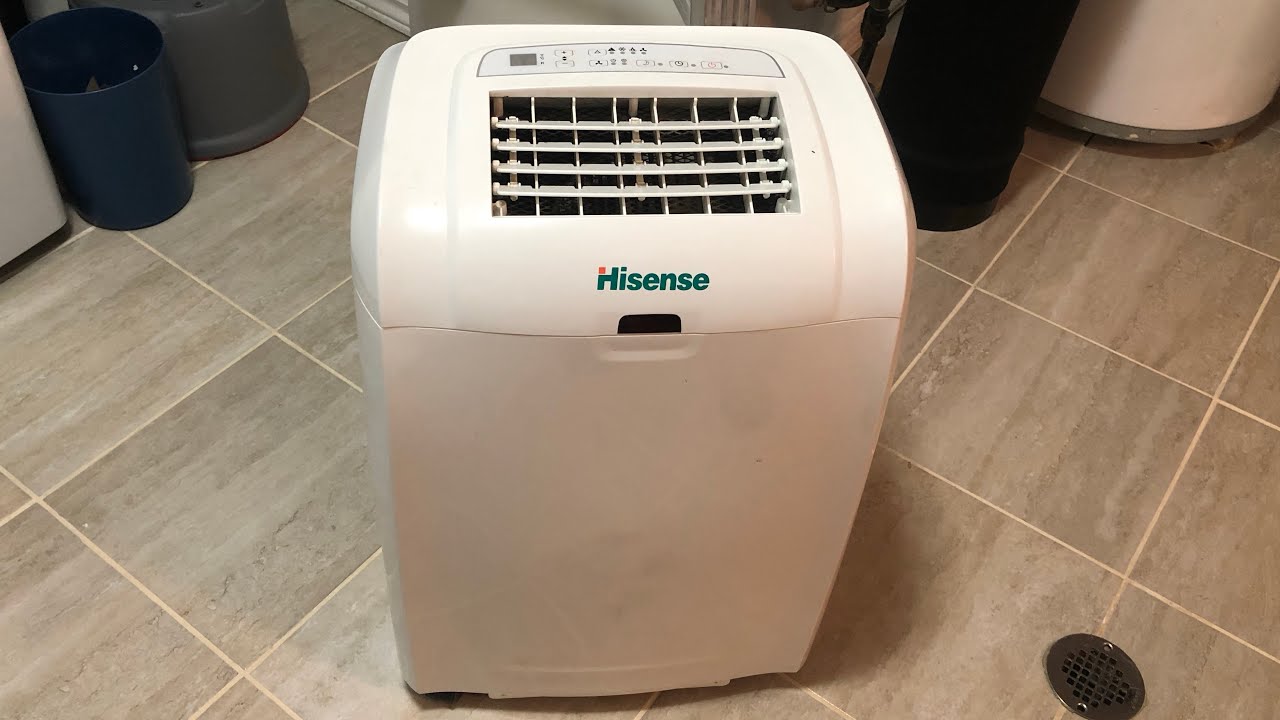Home>Home Maintenance>How To Unclog An Air Conditioner Drain
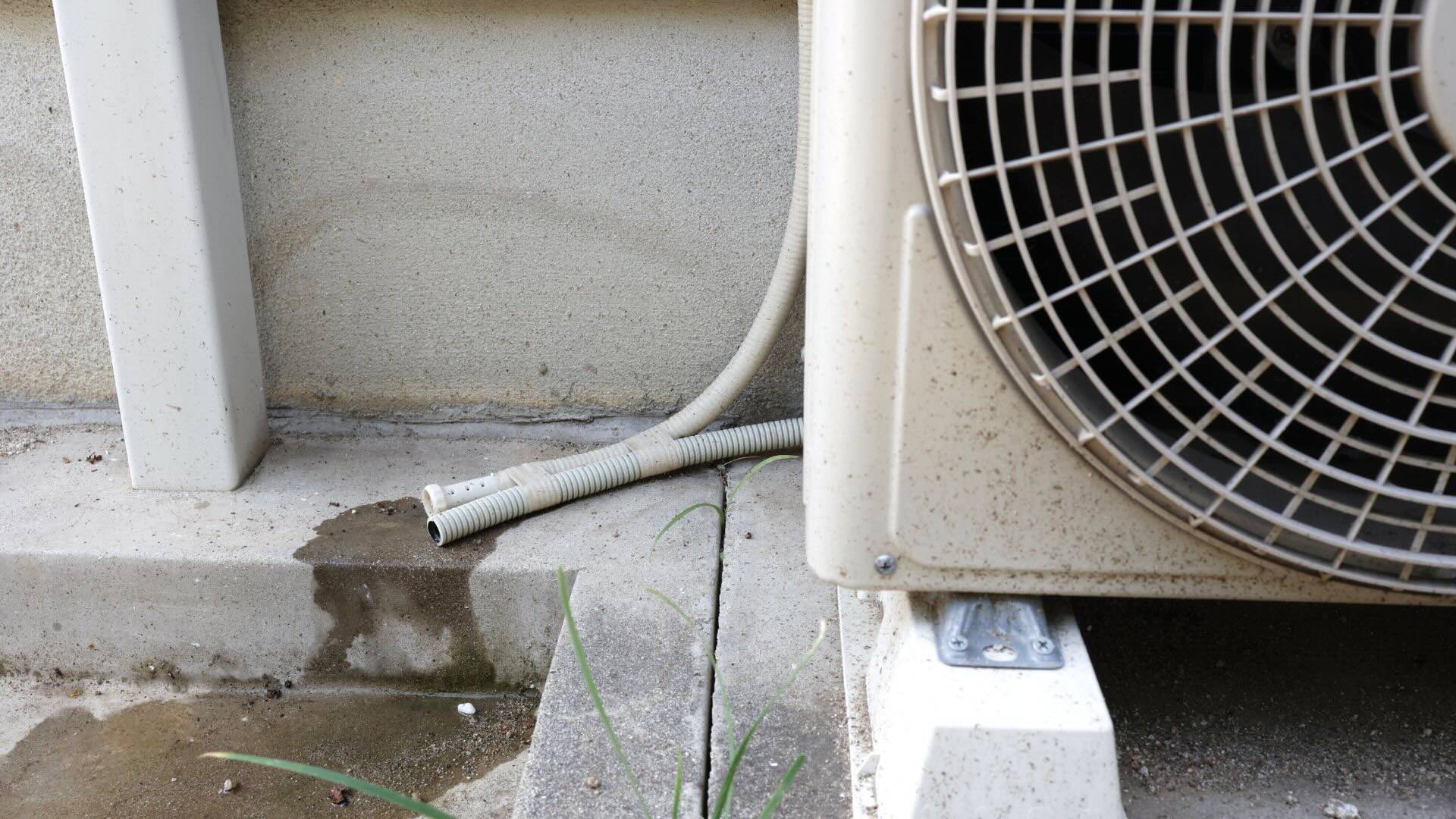

Home Maintenance
How To Unclog An Air Conditioner Drain
Modified: March 7, 2024
Learn how to unclog an air conditioner drain with these home maintenance tips. Prevent costly repairs and keep your AC running smoothly.
(Many of the links in this article redirect to a specific reviewed product. Your purchase of these products through affiliate links helps to generate commission for Storables.com, at no extra cost. Learn more)
Introduction
When it comes to maintaining a comfortable and efficient home, keeping your air conditioner in top shape is crucial. Along with cleaning filters and checking for any leaks, it’s important to pay attention to the air conditioner drain. Over time, debris, dirt, and algae can accumulate in the drain pipe, leading to clogs that prevent proper drainage and can cause damage to your unit.
In this article, we will guide you through the steps of unclogging an air conditioner drain to ensure optimal performance and longevity of your cooling system. By following these simple steps and incorporating some preventive maintenance tips, you can keep your air conditioner drain clear and avoid any potential issues.
Key Takeaways:
- Keep your air conditioner drain clear to avoid leaks, reduced cooling, and unpleasant odors. Regular maintenance and unclogging can ensure optimal performance and longevity of your cooling system.
- Recognize signs of a clogged drain, gather necessary tools, and follow a step-by-step guide to safely unclog your air conditioner drain. Prevent future clogs with regular filter cleaning and professional maintenance.
Read more: How To Unclog An Air Conditioner Drain
Signs of a clogged air conditioner drain
Recognizing the signs of a clogged air conditioner drain is crucial in order to address the issue promptly. If left untreated, a clogged drain can lead to water leaks, reduced cooling efficiency, and even potential damage to the unit. Here are some common signs to look out for:
- Water leakage: One of the most telltale signs of a clogged drain is water leakage around your air conditioner or in the vicinity of the indoor unit. This leakage may be accompanied by a musty odor.
- Pooling water: If you notice water pooling around the indoor unit or the drain pipe, it could indicate a clogged drain. This stagnant water can lead to mold and mildew growth, compromising your indoor air quality.
- Increased humidity: A clogged drain prevents proper drainage, leading to excess moisture in your home. If you notice a significant increase in humidity levels, it might be a sign of a clogged drain.
- Unpleasant odors: A clogged drain can create a breeding ground for bacteria and mold, resulting in foul odors being emitted from your air conditioner. If you notice any unpleasant smells coming from your unit, it’s likely time to unclog the drain.
- Reduced cooling performance: When the drain is clogged, your air conditioner may struggle to cool your home efficiently. If you find that your unit is not providing the desired cooling output, a clogged drain could be to blame.
If you observe any of these signs, it’s important to take action to unclog the air conditioner drain as soon as possible. This will help prevent further damage to your unit and ensure that it continues to operate effectively.
Tools and materials needed
Before you begin unclogging an air conditioner drain, it’s important to gather all the necessary tools and materials. Having them on hand will make the process smoother and more efficient. Here’s what you’ll need:
- Bucket or towels: To catch any water or debris that may spill during the unclogging process, have a bucket or some towels ready.
- Wet/dry vacuum: A wet/dry vacuum will help extract any blockages from the drain pipe. Ensure that it is suitable for wet conditions.
- About flexible brush: You’ll need a flexible brush, such as a bottle brush or a pipe cleaner, to scrub the inside of the drain pipe and remove any built-up debris.
- Vinegar or bleach: Vinegar or bleach can be used to flush out any algae or mold growth in the drain pipe. Choose one of these options based on personal preference and safety considerations.
- Water hose: A water hose with a nozzle attachment will help you flush out the drain pipe and ensure it is clear of any blockages.
- Protective gloves and goggles: It’s important to protect yourself while working on the air conditioner. Wear protective gloves and goggles to prevent any potential injuries.
Make sure to gather all these tools and materials before you start the unclogging process. This will ensure a smooth and hassle-free experience as you work to clear the air conditioner drain.
Pour a mixture of 1 cup of vinegar and 1 cup of hot water down the drain to break up any clogs. Follow with a flush of hot water to clear the drain.
Step-by-step guide to unclog an air conditioner drain
Now that you have gathered all the necessary tools and materials, let’s dive into the step-by-step process of unclogging an air conditioner drain:
- Turn off the power: Before you begin any maintenance on your air conditioner, it’s essential to turn off the power to the unit. Locate the circuit breaker for the air conditioner and switch it off to ensure your safety.
- Locate the drain line: The drain line is typically located near the indoor unit of your air conditioner. It is a white or PVC pipe that extends from the unit and leads to the drain outside your home.
- Remove the access cap: Use a pair of pliers or wrench to remove the cap from the drain pipe. This will provide you with access to the inside of the pipe.
- Use the wet/dry vacuum: Attach the wet attachment to the vacuum and place it over the drain pipe opening. Turn on the vacuum to suction out any debris or blockage from the pipe. Continue this process until you no longer see any obstructions.
- Scrub the drain pipe: Take the flexible brush and insert it into the drain pipe. Gently scrub the inside of the pipe to remove any residue or buildup. Be careful not to apply too much pressure, as you don’t want to damage the pipe. Repeat this step a few times to ensure a thorough cleaning.
- Flush the drain pipe: With the access cap still removed, use the water hose to flush the drain pipe. Place the hose inside the opening and turn on the water at a moderate pressure. Allow the water to flow through the pipe for a few minutes, effectively flushing out any remaining debris.
- Final inspection: Once you have completed the unclogging process, visually inspect the drain pipe to ensure it is clear of any debris. Reattach the access cap securely to the drain pipe.
- Restore power: Finally, go back to the circuit breaker and turn on the power to the air conditioner. Check that the unit is running smoothly and that water is properly draining from the drain pipe.
Following these steps will help you successfully unclog your air conditioner drain and restore its proper functioning. Remember to perform regular maintenance to prevent future clogs and ensure the longevity of your cooling system.
Additional tips for maintaining a clear air conditioner drain
To prevent future clogs and ensure the continued efficiency of your air conditioner drain, here are some additional tips to follow:
- Regularly clean or replace air filters: Dirty or clogged air filters can contribute to debris buildup in the drain pipe. Clean or replace the filters every 1-2 months to maintain optimal airflow and reduce the risk of clogging.
- Keep the area around the unit clean: Remove any leaves, twigs, or debris from the area around the outdoor unit. This prevents them from entering the drain pipe and causing blockages.
- Adjust the thermostat: Set your thermostat at a temperature that is comfortable but not too low. Running the air conditioner at excessively low temperatures could contribute to condensation and increased moisture in the drain pipe.
- Use a drain line treatment: Using a drain line treatment or algaecide on a regular basis can help prevent the growth of algae and mold in the drain pipe. Follow the manufacturer’s instructions for the proper application.
- Check for leaks: Regularly inspect the area around the indoor unit and the drain pipe for any signs of leaks. Addressing leaks promptly can prevent water damage and the formation of clogs.
- Schedule professional maintenance: It’s recommended to have your air conditioner serviced by a professional at least once a year. They can perform a thorough inspection, clean the drain pipe, and address any potential issues before they become major problems.
By following these additional maintenance tips, you can ensure that your air conditioner drain remains clear and free from clogs. This will not only improve the performance and efficiency of your cooling system but also extend its lifespan.
Conclusion
Maintaining a clear air conditioner drain is vital for the proper functioning of your cooling system. By unclogging the drain and implementing regular maintenance, you can ensure optimal performance, energy efficiency, and longevity of your air conditioner.
Knowing the signs of a clogged drain and having the right tools and materials on hand is essential for a successful unclogging process. By following a step-by-step guide, you can safely and effectively clear any blockages from the drain pipe.
Additionally, implementing preventive measures such as regular filter cleaning, keeping the area around the unit clean, and scheduling professional maintenance will help prevent future clogs and ensure the continued efficiency of your air conditioner drain.
Remember, a clear air conditioner drain not only prevents water leaks and damage to your unit, but it also contributes to better indoor air quality and enhanced cooling performance.
So, take the time to unclog your air conditioner drain and incorporate regular maintenance into your routine. Your air conditioner will thank you with cool, comfortable air, and you’ll avoid costly repairs down the line.
Enjoy a well-functioning air conditioner and a comfortable home!
Frequently Asked Questions about How To Unclog An Air Conditioner Drain
Was this page helpful?
At Storables.com, we guarantee accurate and reliable information. Our content, validated by Expert Board Contributors, is crafted following stringent Editorial Policies. We're committed to providing you with well-researched, expert-backed insights for all your informational needs.
